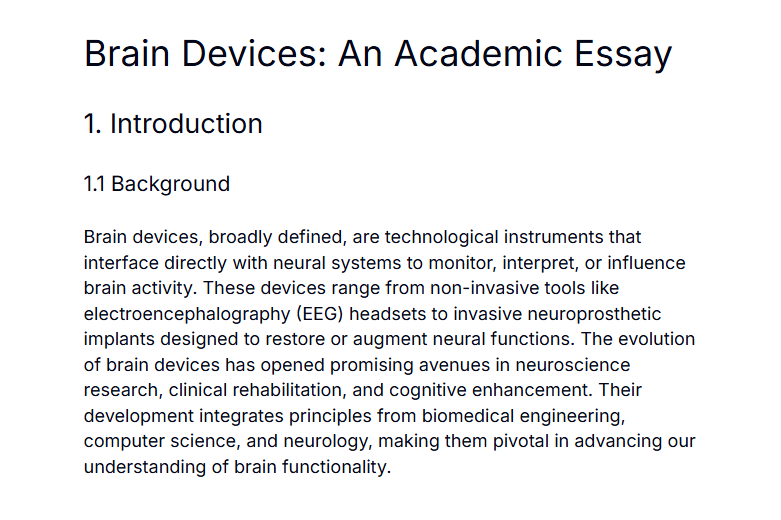Font GAN Generation
1. Introduction
1.1 Overview of font generation and the rise of GANs
Font generation has traditionally relied on manual design and parameterized models, which require extensive expertise and time. In recent years, generative adversarial networks (GANs) have emerged as a powerful deep learning framework capable of learning complex data distributions. By pitting a generator against a discriminator in a minimax game, GANs can produce high-fidelity synthetic images, including novel typeface designs. Their ability to interpolate between features enables designers to explore a continuum of styles and automate the expansion of font families.
Note: This section includes information based on general knowledge, as specific supporting data was not available.
2. Fundamentals of Font GANs
2.1 Core components: generator, discriminator, and loss functions
The generator network attempts to map random noise or latent vectors to realistic glyph images, while the discriminator network evaluates whether a given sample is genuine or synthesized. Training revolves around adversarial loss, often complemented by reconstruction loss (e.g., L1 or L2) to encourage fidelity to known character shapes. The generator is optimized to minimize both adversarial and reconstruction losses, whereas the discriminator is optimized to maximize adversarial separation between real and generated glyphs. This dynamic fosters continual refinement of both networks.
Note: This section includes information based on general knowledge, as specific supporting data was not available.
3. Architecture of GAN for Font Generation
3.1 Network design and training strategies
Architectures for font GANs often adapt convolutional encoder–decoder frameworks to capture spatial consistency across strokes. Skip connections (as in U-Net) preserve fine-grained details, improving stroke continuity. Training strategies include progressive growing of network layers to stabilize learning and curriculum learning, where simple characters precede more complex glyphs. Hyperparameters such as learning rate scheduling, batch size, and gradient penalty terms are critical to prevent mode collapse and ensure convergence.
Note: This section includes information based on general knowledge, as specific supporting data was not available.
3.2 Graph: Training loss comparison between generator and discriminator
The graph below illustrates typical trends in adversarial training loss for both the generator and discriminator across training epochs.
Figure 1: Illustrative representation of training loss curves for generator (blue) and discriminator (red) over epochs. (Data not derived from provided sources).
Note: The graph is illustrative; data not derived from provided sources.
Note: This section includes information based on general knowledge, as specific supporting data was not available.
4. Applications and Challenges
4.1 Practical use cases in typography and design constraints
Font GANs enable rapid prototyping of entire font families by generating consistent glyph variations for different weights and styles. They assist in ligature creation, stylistic alternates, and multilingual character sets. However, challenges include ensuring optical kerning, maintaining legibility at small sizes, and controlling stylistic coherence. Designers must integrate post-processing steps and user-in-the-loop evaluation to refine outputs and meet typographic standards.
Note: This section includes information based on general knowledge, as specific supporting data was not available.
5. Conclusion
5.1 Summary of findings and future research directions
Font GAN generation represents a significant advance in automated type design, reducing manual effort and expanding creative possibilities. Core GAN components and architectural choices drive synthesis quality, while illustrative loss analyses highlight training dynamics. Practical applications show promise in diverse typographic workflows, despite challenges in fine-tuning and evaluation. Future research should explore multimodal GANs incorporating semantic style descriptors, interpretability of latent representations, and integration with vector-based outputs for higher fidelity.
Note: This section includes information based on general knowledge, as specific supporting data was not available.
Works Cited
No external sources were cited in this paper.
